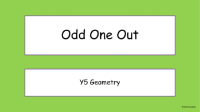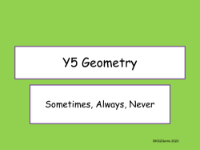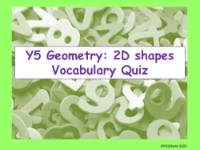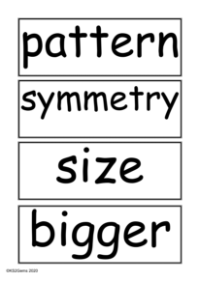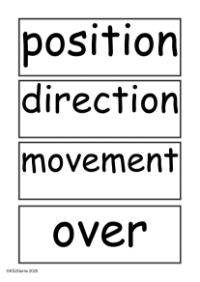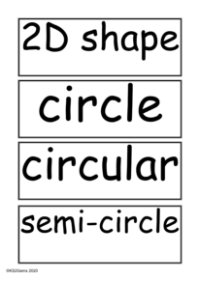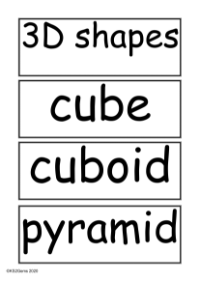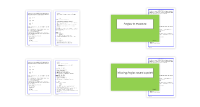Vocabulary - Shape: General

Maths Resource Description
The vocabulary associated with the study of shapes is both diverse and specific, encompassing a range of terms that describe their properties and characteristics. Fundamental terms such as 'shape' and 'pattern' set the stage for understanding the visual and structural aspects of geometry. Words like 'flat' and 'curved', as well as 'straight' and 'round', describe the contours and outlines that differentiate shapes. When discussing three-dimensional figures, 'hollow' and 'solid' are used to talk about whether a shape is empty or filled.
Further intricacies in shape vocabulary include terms like 'corner', 'point', and 'pointed', which relate to the angles and sharpness found in shapes, while 'face', 'side', 'edge', and 'end' describe the boundaries and surfaces. The process of creating shapes involves actions such as 'make', 'build', 'draw', and understanding the 'surface' on which shapes rest. Geometric precision is captured in words like 'right-angles', 'vertex', and 'vertices', essential for discussing polygons and their properties. For visual representation, terms like 'layer', 'diagram', 'line', and 'construct' are vital, as well as 'sketch', 'radius', 'diameter', and 'net' for drawing and conceptualising shapes. The concept of angles is expanded with 'angle', 'base', 'acute', and 'obtuse', while 'square-based', 'regular', 'irregular', 'concave', and 'convex' describe shape forms and symmetries. Lastly, 'open' and 'closed' shapes, along with 'congruent', round out the vocabulary necessary for a comprehensive understanding of geometry in this context.
